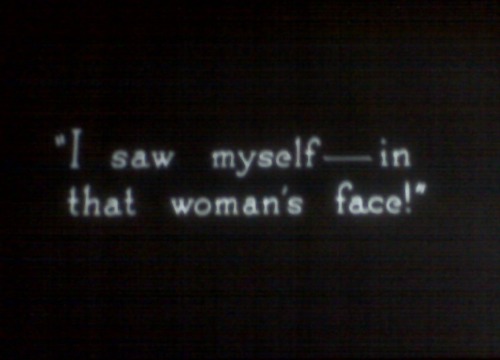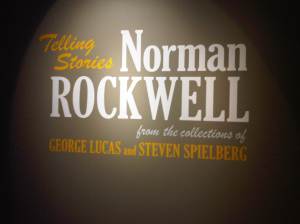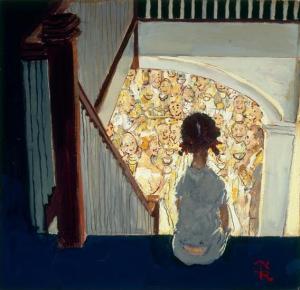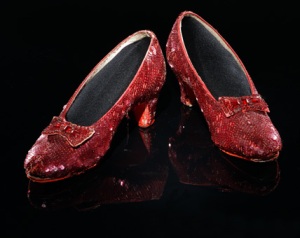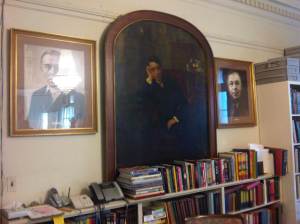
 Images from Broadway cast recordings and movie soundtrack recordings, especially the sizable LP covers, can take me back to little Martha sitting on the floor of her childhood bedroom rapt, absorbing entire scores, imagining the linking dialog, wondering about stage moments. Sure, I didn’t use that language then, but that’s what my screwed up little face was doing. Where were people standing, what happened before the song and after the song and how did the people look when they were singing the songs? I listened to The Sound of Music (1965) day and night for weeks on end after I’d seen the movie, and came to the Mary Martin and Theodore Bikel 1959 version later when I discovered it amongst my mother’s LPs downstairs. Because I was quite aware of Julie Andrews, from The Sound of Music movie and Mary Poppins (1964, another disc I played all day every day until I knew every word), and I’d been taken to see My Fair Lady (1964) that same year I was 5 at the Fisher Theater (did they show the movie in the stage theatre section of the building? I have no idea) on a visit with my mother to Detroit relatives after my very first plane ride. I felt like a princess. And I of course had no idea that Julie Andrews’ spirit informed My Fair Lady too — the role that should have been hers but if she hadn’t been passed over, she wouldn’t have been available for Mary Poppins and THEN where would we be? All of us, pining for the perfect beautiful nanny mother, even when we had wonderful mothers who were, more often than not, wittier and perhaps just as beautiful but maybe not first thing in the morning.
Images from Broadway cast recordings and movie soundtrack recordings, especially the sizable LP covers, can take me back to little Martha sitting on the floor of her childhood bedroom rapt, absorbing entire scores, imagining the linking dialog, wondering about stage moments. Sure, I didn’t use that language then, but that’s what my screwed up little face was doing. Where were people standing, what happened before the song and after the song and how did the people look when they were singing the songs? I listened to The Sound of Music (1965) day and night for weeks on end after I’d seen the movie, and came to the Mary Martin and Theodore Bikel 1959 version later when I discovered it amongst my mother’s LPs downstairs. Because I was quite aware of Julie Andrews, from The Sound of Music movie and Mary Poppins (1964, another disc I played all day every day until I knew every word), and I’d been taken to see My Fair Lady (1964) that same year I was 5 at the Fisher Theater (did they show the movie in the stage theatre section of the building? I have no idea) on a visit with my mother to Detroit relatives after my very first plane ride. I felt like a princess. And I of course had no idea that Julie Andrews’ spirit informed My Fair Lady too — the role that should have been hers but if she hadn’t been passed over, she wouldn’t have been available for Mary Poppins and THEN where would we be? All of us, pining for the perfect beautiful nanny mother, even when we had wonderful mothers who were, more often than not, wittier and perhaps just as beautiful but maybe not first thing in the morning.

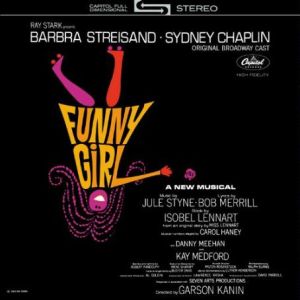 I did soon figure out the Andrews connection to My Fair Lady in mom’s LP collection and that haunting, funny, scary Hirschfeld drawing), and moved on to that same year’s Broadway recording of Funny Girl (1964) — I memorized the cast recording long before the film released in 1968. And I was probably among a minority of 10-year-old viewers of the film who immediately bemoaned the absence in the film of “His Is The Only Music That Makes Me Dance” from the stage score. And my heart’s embrace of Judy at Carnegie Hall (1961) about this same time period (again thank mom) brought another magic voice, another storyteller in song, into my life. And more iconic album cover art. (I go on about this recording and memories of mom in a blog entry last April: http://wp.me/p1dUHf-lb.)
I did soon figure out the Andrews connection to My Fair Lady in mom’s LP collection and that haunting, funny, scary Hirschfeld drawing), and moved on to that same year’s Broadway recording of Funny Girl (1964) — I memorized the cast recording long before the film released in 1968. And I was probably among a minority of 10-year-old viewers of the film who immediately bemoaned the absence in the film of “His Is The Only Music That Makes Me Dance” from the stage score. And my heart’s embrace of Judy at Carnegie Hall (1961) about this same time period (again thank mom) brought another magic voice, another storyteller in song, into my life. And more iconic album cover art. (I go on about this recording and memories of mom in a blog entry last April: http://wp.me/p1dUHf-lb.)
As I get a bit older I meander in the Sondheim direction. A Little Night Music (1973) won my soul during its first month on Broadway in its initial run, a treat among many others during my first trip to New York City from the American Midwest. This original album is now framed on my bedroom/office wall, as is a copy of Judy at Carnegie Hall, and several other memorable album images. Graphic art — it makes us happy.
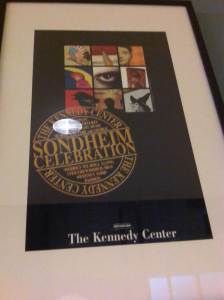 And all that informs my response today to a current display at the New York Public Library for the Performing Arts at Lincoln Center. Truth be told, I was wandering through the building today on my way from the Lincoln Center plaza side toward Amsterdam Avenue. In the hallway between point A on the building’s east side and point B on the west, I chance upon a current display “Design: Fraver — Four Decades of Theatre Poster Art” that stops me in my tracks. So many familiar images, so some images recently cherished. The 2002 Kennedy Center Sondheim Celebration festival cover image for a summer long festival during which I saw most
And all that informs my response today to a current display at the New York Public Library for the Performing Arts at Lincoln Center. Truth be told, I was wandering through the building today on my way from the Lincoln Center plaza side toward Amsterdam Avenue. In the hallway between point A on the building’s east side and point B on the west, I chance upon a current display “Design: Fraver — Four Decades of Theatre Poster Art” that stops me in my tracks. So many familiar images, so some images recently cherished. The 2002 Kennedy Center Sondheim Celebration festival cover image for a summer long festival during which I saw most  offerings as a then-resident of Washington DC. Some images evoke distant memories — such as Fraver’s design for the poster (and program) art for Circle in the Square‘s Night of the Iguana in 1976. I saw this 1976 production, probably on one of my frequent 5-plays-in-a-weekend trips to NYC from Harvard. While I had forgotten the year of that viewing, the exhilaration (and slight panic) of those student days of eager absorption and thrilling experiences came back in a wash.
offerings as a then-resident of Washington DC. Some images evoke distant memories — such as Fraver’s design for the poster (and program) art for Circle in the Square‘s Night of the Iguana in 1976. I saw this 1976 production, probably on one of my frequent 5-plays-in-a-weekend trips to NYC from Harvard. While I had forgotten the year of that viewing, the exhilaration (and slight panic) of those student days of eager absorption and thrilling experiences came back in a wash.
 And a final treat in this exhibit: the designer’s poster for the upcoming Follies production at the Kennedy Center. From the wall plaque, the designer’s own words: “After many concepts, the poster that I felt really captured the essence of the show was the ripped and faded wall of past Follies attractions creating a showgirl’s face.” I may not be able to see this new production but I can still trill to this image. “In Buddy’s Eyes”, “I’m Still Here”, “Could I Leave You?”.
And a final treat in this exhibit: the designer’s poster for the upcoming Follies production at the Kennedy Center. From the wall plaque, the designer’s own words: “After many concepts, the poster that I felt really captured the essence of the show was the ripped and faded wall of past Follies attractions creating a showgirl’s face.” I may not be able to see this new production but I can still trill to this image. “In Buddy’s Eyes”, “I’m Still Here”, “Could I Leave You?”.
And it all starts with a poster image. Show iconography. Sense memories. Yes.
© Martha Wade Steketee (March 8, 2011)







